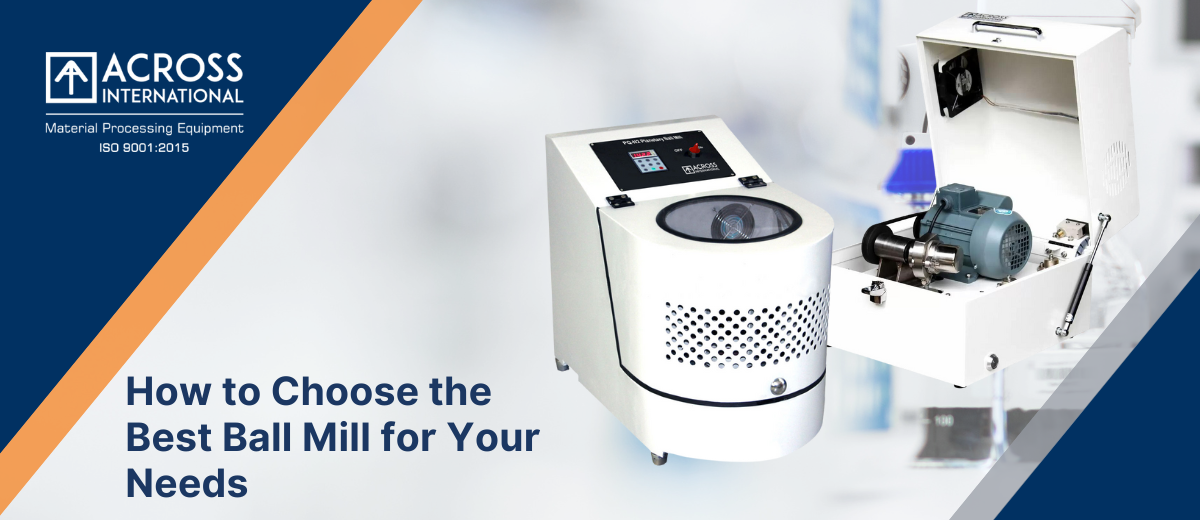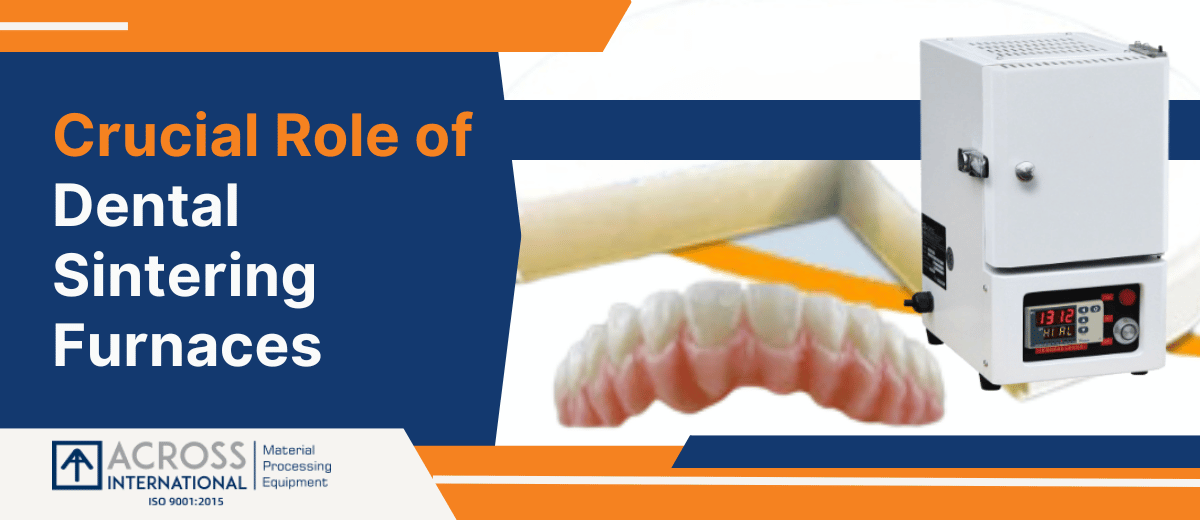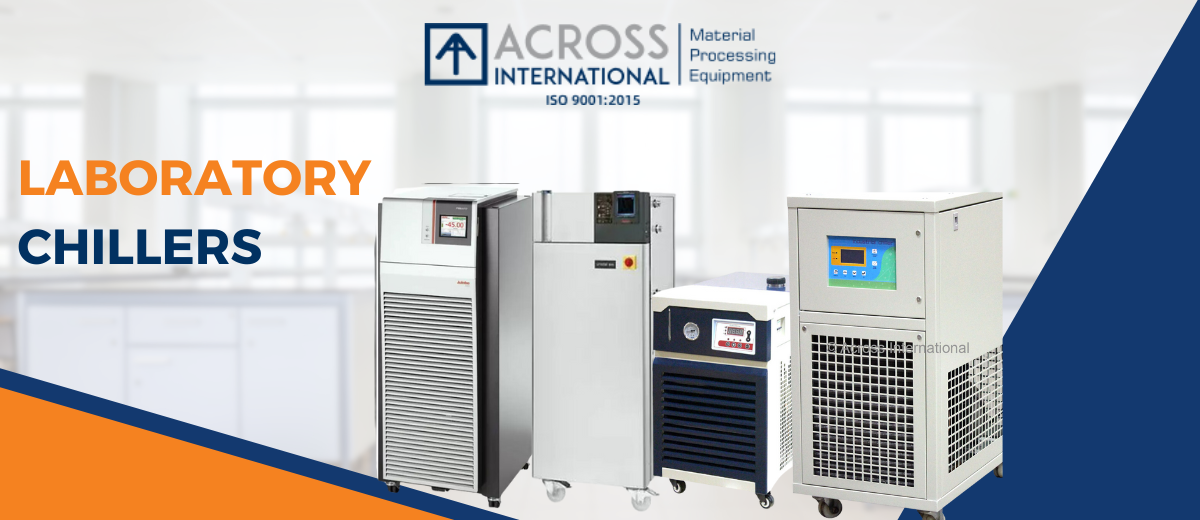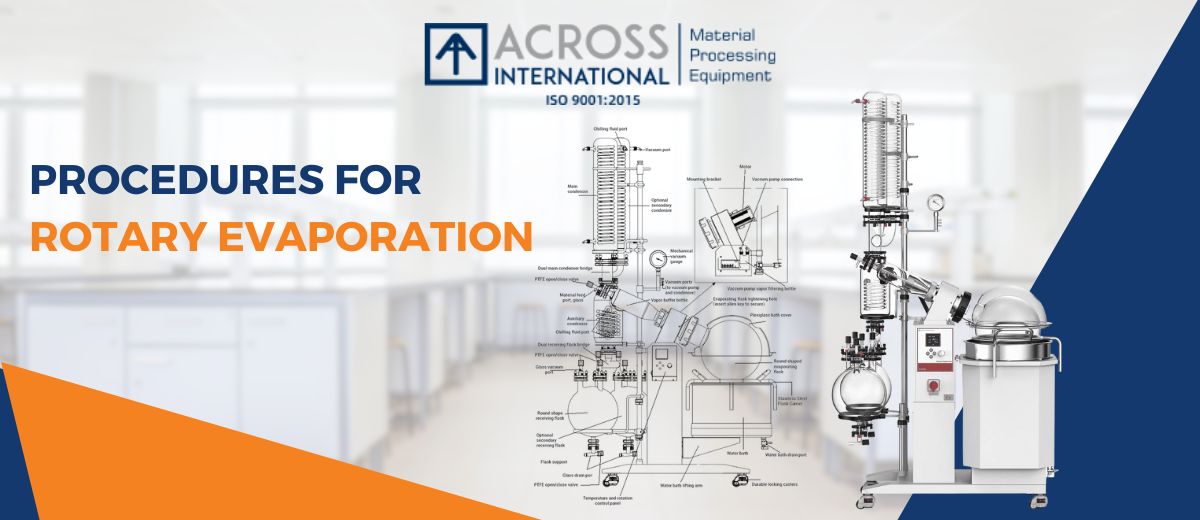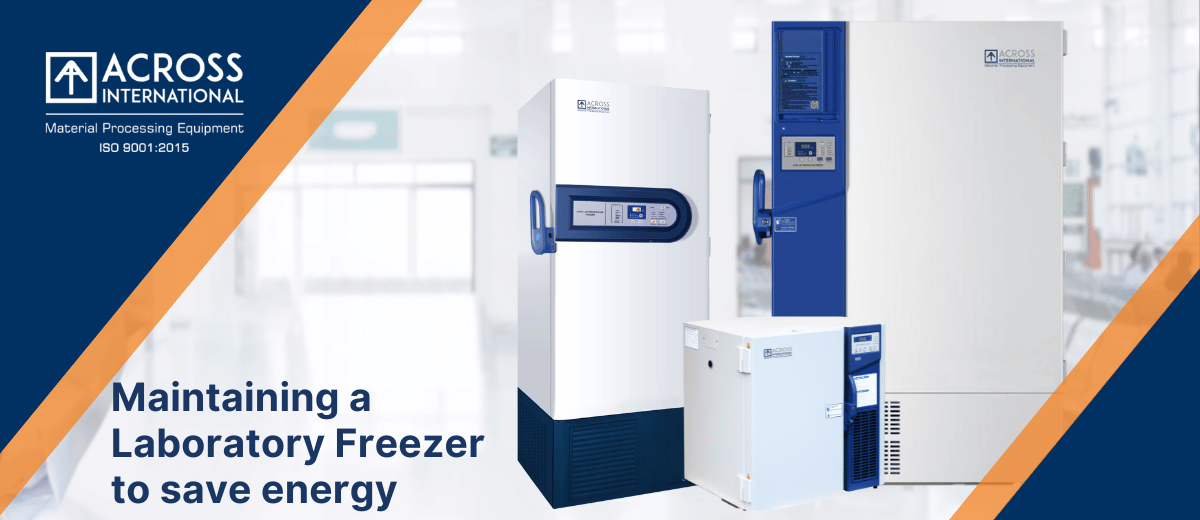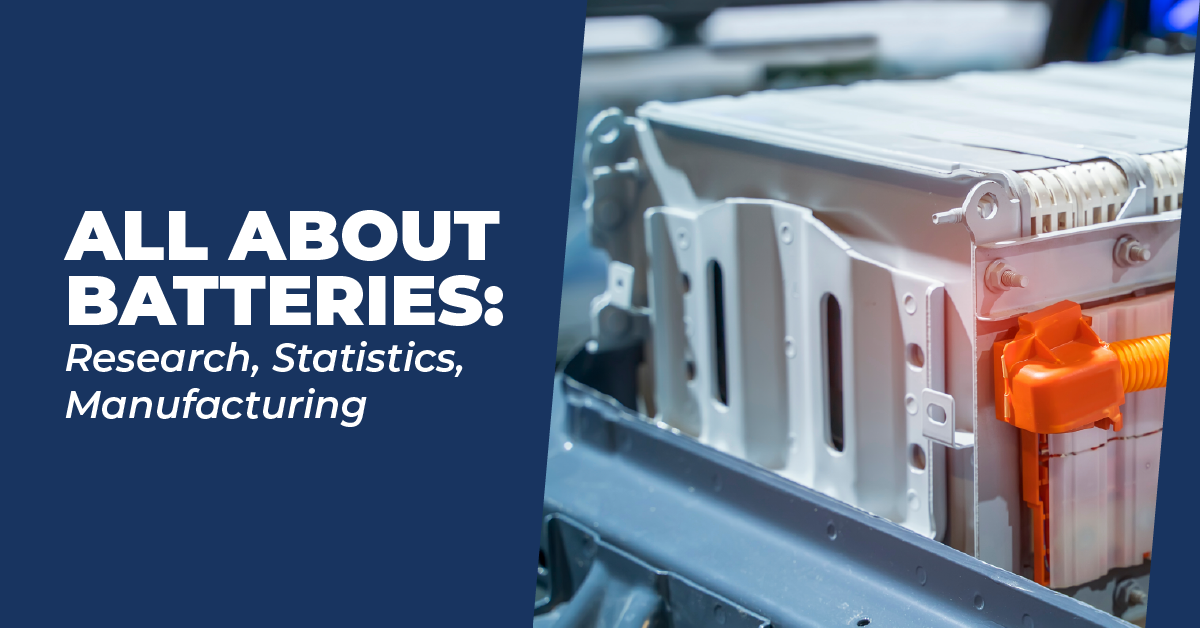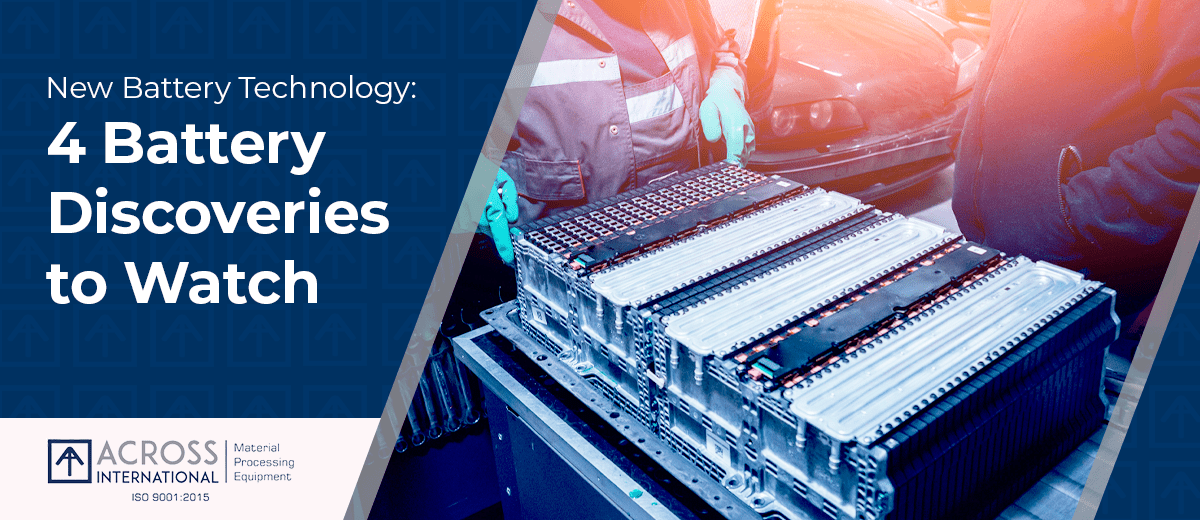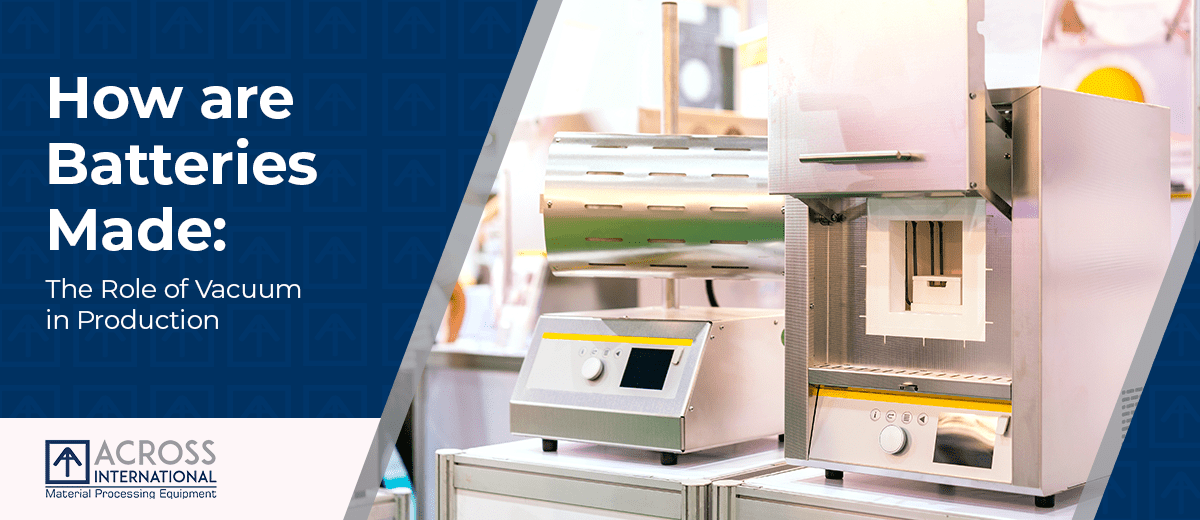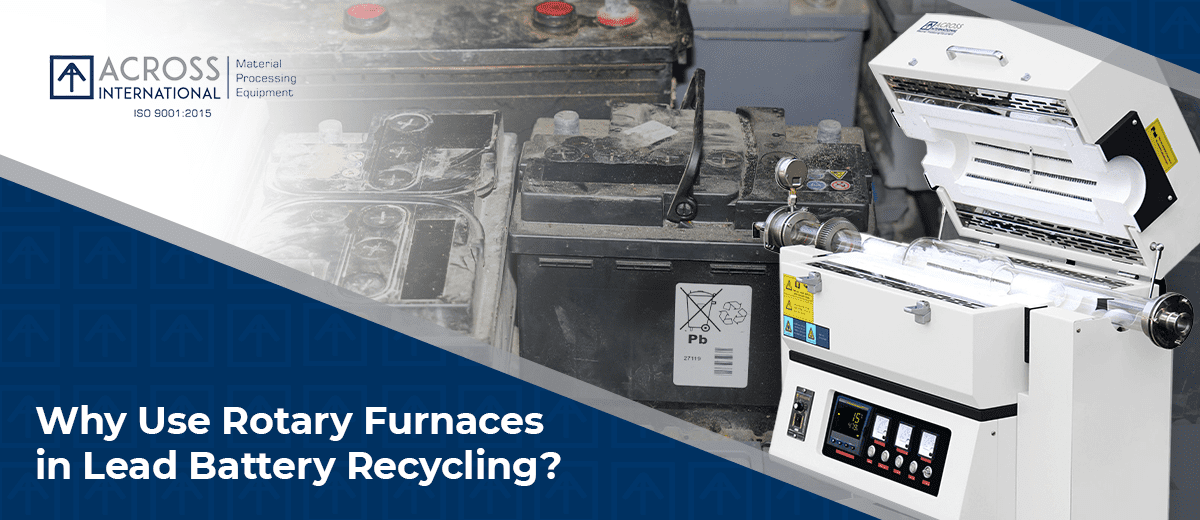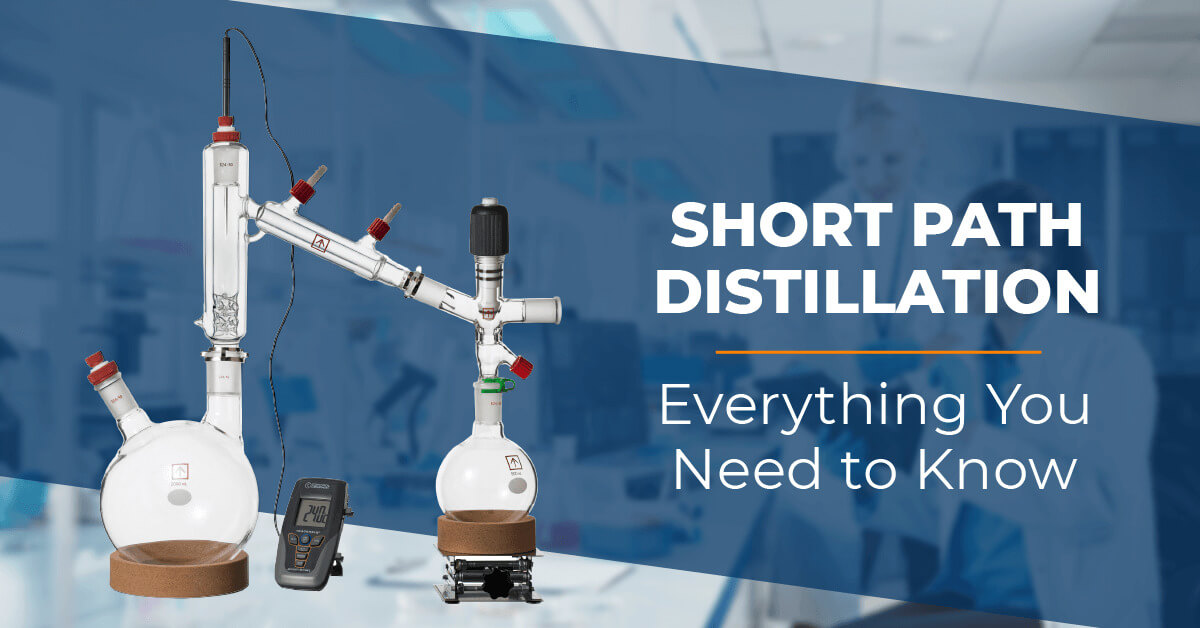We use cookies to make your experience better. To comply with the new e-Privacy directive, we need to ask for your consent to set the cookies. Learn more.
Crystal Growing Processes Using an Industrial Lab Furnace

A crystal is a material with a highly ordered microscopic structure of its constituents that form a crystal lattice. The process in which crystals are formed is called crystallization.
Crystal growth is an important stage in the crystallization process and there are a lot of methods used to encourage this process.
There are many different crystal-growing processes that can be used in an industrial Lab furnace. Some of the most common methods include:
Czochralski method:
This is the most common method for growing semiconductor crystals. A seed crystal is lowered into a molten material and then slowly pulled out of the melt while being rotated. This causes the material to solidify onto the seed crystal, forming a single crystal. The method involves using an industrial furnace to melt a material in a crucible to extract a large single-crystal cylindrical ingot from the melt.
In this method, a seed crystal is lowered into the melt to touch the top of the melted material, which causes the melt to go into equilibrium before the seed is
Bridgman-Stockbarger method:
This method is similar to the Czochralski method, but instead of using a seed crystal, a small amount of material is melted at one end of a long crucible. The molten material then slowly solidifies as it travels down the crucible, forming a single crystal.
The Bridgman and Stockbarger methods are both used to grow single crystals from a melt. The main difference between the two methods is the way in which the temperature gradient is controlled. In the Bridgman method, the temperature gradient is produced by the Lab furnace itself. The crystal growth furnace has a hot zone at one end and a cold zone at the other. The crucible containing the melt is slowly lowered into the furnace, and the crystal grows as it cools. In the Stockbarger method, the temperature gradient is controlled by a baffle or shelf that is placed inside the furnace. The baffle separates the furnace into two zones, one above the melting point of the material and one below. The crucible containing the melt is placed on the baffle, and the crystal grows as it cools from the top down.
The Stockbarger method has several advantages over the Bridgman method. First, it allows for better control over the temperature gradient. This is important because the temperature gradient affects the growth rate of the crystal. A too-rapid growth rate can lead to defects in the crystal, while a too-slow growth rate can be inefficient. Second, the Stockbarger method allows for the growth of larger crystals. This is because the crystal can grow from the top down, which gives it more room to grow. Third, the Stockbarger method is less prone to contamination than the Bridgman method. This is because the crucible is not in direct contact with the furnace walls, which can be a source of contamination.
The Bridgman method is still used in some cases, such as when it is important to grow crystals from a very small amount of material. However, the Stockbarger method is the more common method for growing single crystals.
The distinction between the two techniques is very subtle, as they both use an industrial furnace with a temperature gradient from above the materials melting point to a slow cooling. The gradient for the Bridgeman method is produced at the exit of the furnace and is relatively uncontrolled, while the Stockbarger method modifies the technique to introduce a shelf separating two coupled furnaces with temperatures above and below the freezing point. This change enables better control over the temperature gradient.
Vertical Bridgman method:
This method is similar to the Bridgman-Stockbarger method, but the crucible is heated from the bottom instead of the top. This allows for better control of the temperature gradient, which can lead to higher-quality crystals.
Flux method:
This method is used to grow crystals of materials that are difficult to melt, such as metals. A small amount of the material is placed in a crucible with a flux, which is a material that lowers the melting point of the target material. The crucible is then heated, and the material melts and crystallizes in the flux.
The choice of crystal growing method depends on the material being grown, the desired size and shape of the crystal, and the required purity. Industrial furnaces are used to grow crystals for a wide variety of applications, including semiconductors, optical devices, and medical implants.
Here are some of the advantages of using an industrial furnace for crystal growing:
High temperature and pressure capabilities: Industrial furnaces can reach very high temperatures and pressures, which is necessary for growing crystals of some materials.
Precise temperature control: Crystal Growth furnaces can maintain very precise temperature control, which is important for ensuring the quality of the crystals.
Large growth chambers: They have large growth chambers, which allows for the growth of large crystals.
Reproducible results: Industrial furnaces can produce reproducible results, which is important for the manufacture of high-quality crystals.
Here are some of the challenges of using an industrial furnace for crystal growing:
* High cost: Industrial furnaces are expensive to purchase and operate.
* Complex operation: Industrial furnaces are complex to operate, and require specialized training.
* Safety hazards: Industrial furnaces can pose safety hazards, such as fire and explosion.
Industrial Furnaces for Crystal Growth from Across International
A crystal growth tube furnace incorporating a programmable motion system to “rock” the complete hot zone for long durations while maintaining temperatures up to 1200°C in an oxidizing environment. Across International CGF1200T series Crystal Growth Furnaces come with swing-open chamber, it also features the famous Kanthal (Sweden) spiral wire coils embedded in Mitsubishi (Japan) high-quality grade 1500 alumina fiber insulation. A double-walled steel internal housing helps minimize heat loss to the exterior surface.
Furnace operation is controlled by high precision 50-segment Eurotherm 3504 (UK), allowing the user to connect to a PC for remote control and monitoring of the furnace. You can also save or export test results.
Across International is an industry leader in the manufacture of heat treatment, laboratory, and material processing equipment, including crystal growth furnaces, muffle furnace & controlled atmosphere furnace. We supply a range of standard models that can be used for crystal growing, and contact us ,we can also design and build custom industrial furnaces to exact customer specifications.


